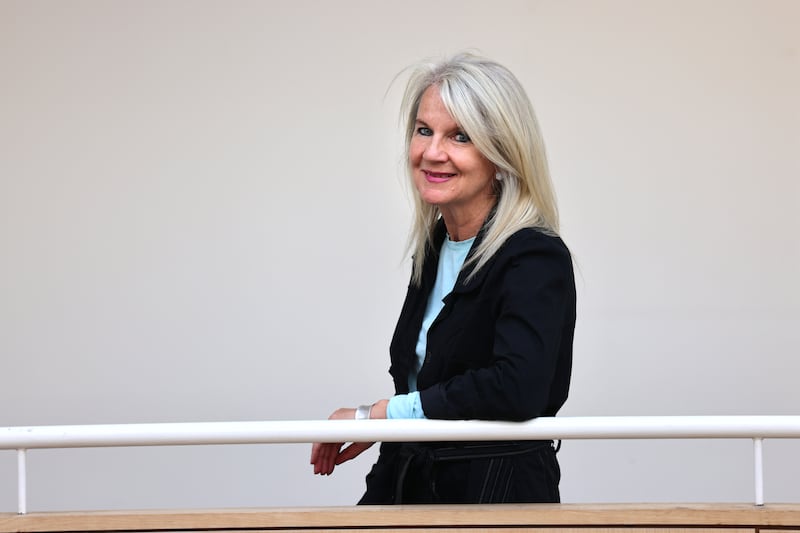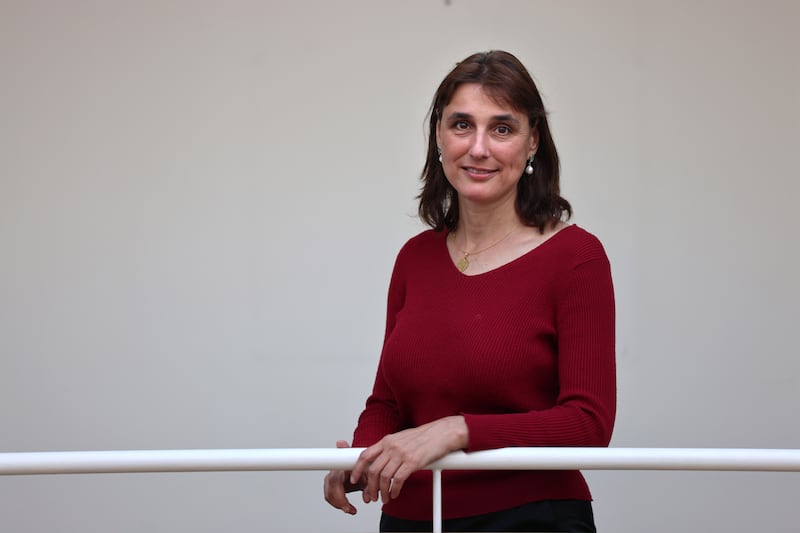Researchers at Trinity College Dublin have developed a new gene therapy with potential to treat an eye condition affecting millions of people across the world.
The gene therapy for the dry form of age-related macular degeneration (AMD) has been found to reduce sight loss in disease models with no negative effects observed up to nine months following injections.
AMD is a common eye condition in older people which results in the loss of central vision, making it difficult for those affected to read, locate the edge of a pavement or recognise faces. About 10 per cent of people over 65 suffer from either the dry or the wet form of AMD.
“The dry form of AMD represents around 80-90 per cent of all cases and there are currently no treatments available to prevent progression of this disease,” says Professor Jane Farrar, senior author of the study published in the latest edition of the Clinical and Translational Medicine journal.
READ MORE

The study by researchers at Trinity’s school of genetics and microbiology is the first evidence that shows the improvement of visual function in dry AMD in a research study. Treatment for wet AMD became available to patients in 2005.

Prof Farrar explains that the macula is the part of the retina which is densely populated with photo receptor cells required for central vision. “Mitochondria are involved in the production of energy in cells but in dry AMD, there is a deficiency in energy production which is a key feature of the disease. This new gene therapy (ophNdi1) is the first of its kind to show that by directly targeting the mitochondria you can provide benefit,” she says.
Dr Sophia Millington-Ward, first author of the study and research fellow at Trinity, adds that many retinal cells — which are essential for vision — require particularly high levels of energy compared to most other cells. “This makes them particularly vulnerable to mitochondrial dysfunction. And the cells in the retina die prematurely in dry AMD. But we hope that this gene therapy will slow down the progression of the disease so that people can retain that [central] vision for five, 10 or 15 years longer,” says Dr Millington-Ward.

The new gene therapy uses a virus to access the damaged cells. “Viruses have evolved to efficiently enter cells giving the cells a code to allow them to make a new therapy to provide an energy boost to the mitochondria,” she explains. Similar approaches have been used in preclinical studies for diseases such as Parkinson’s and multiple sclerosis.
Professor David Keegan, clinical ophthalmologist at the Mater hospital, Dublin says dry AMD is a tremendously debilitating condition which is underappreciated because there are no effective treatments for it at present.
“There is a spectrum of patients, some of whom are still reading and driving and others who can’t read at all. The condition progresses slowly but currently patients can only optimise their vision as best they can with special glasses and magnifiers,” says Prof Keegan.

He says this study offers hope to a subgroup of patients with dry AMD where mitochondrial defects are the primary cause.
“It’s exciting because it is such a prevalent condition with a great burden on people and society. This is a premier Irish laboratory with a track record of good work. I’d love to see an Irish devised therapy safely brought from the laboratory to clinical trials for broader patient use,” says Prof Keegan.
Dr Shannon Lee, research officer with Fighting Blindness, the patient-led charity which was one of the funders of this research study (with Science Foundation Ireland and Enterprise Ireland) says the results provide “a glimmer of hope for individuals living with vision loss”. Dr Lee adds, “the lack of treatments for vision loss conditions such as dry AMD can be debilitating and very distressing for people living with these conditions. Our research department regularly receives queries from individuals asking for any information on treatments or clinical trials they could participate in.”
The research team at Trinity says more work needs to be done before the gene therapy can be made available as a treatment. “We still need to do additional validation studies over the next couple of years before we can go to human patients,” explains Prof Farrar.
However, the positive results give hope that researchers are getting closer to finding a solution for some patients with this debilitating eye condition that impacts on the lives of so many.














